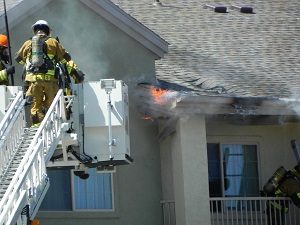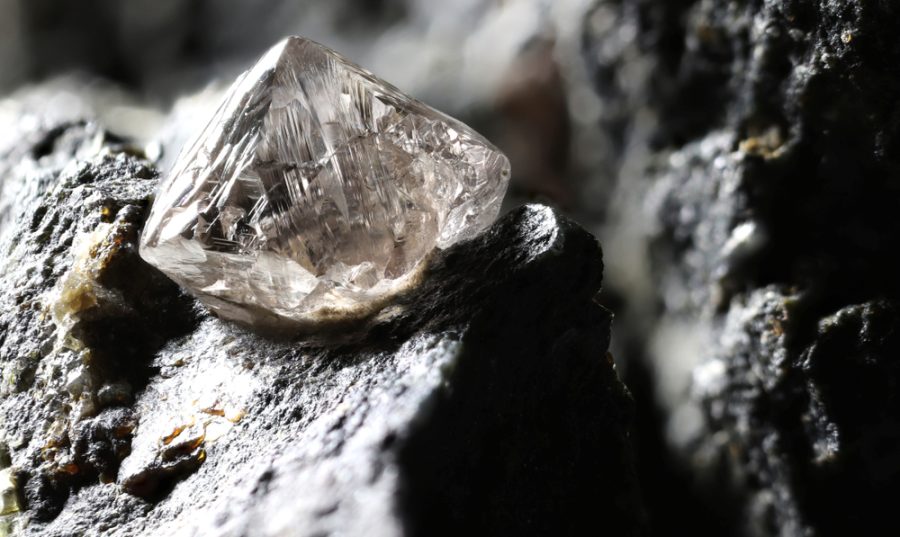 As winter approaches and snow and ice begin to cover parts of the nation, property owners in the affected areas will begin to rely upon snowmelt systems to keep roofs free of snow and ice. In recent years, to avoid the eyesore of heat cable running along the rooftop, snowmelt systems that can be installed underneath roofing shingles have been developed.
As winter approaches and snow and ice begin to cover parts of the nation, property owners in the affected areas will begin to rely upon snowmelt systems to keep roofs free of snow and ice. In recent years, to avoid the eyesore of heat cable running along the rooftop, snowmelt systems that can be installed underneath roofing shingles have been developed.
These hidden snowmelt systems, however, can turn a snow laden roof into a ball of fire. The components of the system are relatively simple: a conductive material capable of generating heat (typically resembling a mesh screen or traditional heat cable), a power source and an activation device. When the device detects the presence of snow on the roof, current flows through the conductive material which then generates heat to melt the snow or ice.
Although the components of the snowmelt system are simple, installation of the system is technical. Care must be taken to avoid penetrating the conductive screen or cable and any metal flashing or drip edge material with roofing nails or other fasteners. If that happens, a short in the system can follow and areas of high resistant heating can ignite combustible roofing materials.
Oftentimes, manufacturers will include safety mechanisms to de-energize an electrical system if a short is detected. At least one manufacturer of these snowmelt systems, however, has failed to include any ground fault protection in its system, claiming that its internal calibration system detects any ground faults. Not only does the lack of ground fault protection violate the National Electric Code, but the internal calibration system is not fool-proof as the short can be programmed into the system if the calibration is done while there is a penetration present that is causing a short.
If you have a fire loss and the potential cause is not readily apparent, be sure to look under the shingles for this potential ignition source. The cause of the fire may be attributable to defects in the product, the installation of the system, or a combination of the two, so be sure to invite the manufacturer and any installer to a joint scene examination. Additionally, it would be prudent to determine if any roofing repairs were done following the original installation of the system as a subsequent roofer may be unaware of the danger lurking beneath the roof’s covering. Following a scene inspection, the artifacts should be examined in a lab, where an x-ray can highlight any penetrations through the mesh and metal flashing, which results in the short. The control panel, transformer and activation device should also be collected to avoid potential spoliation arguments and solidify your theories of recovery against the responsible parties.





